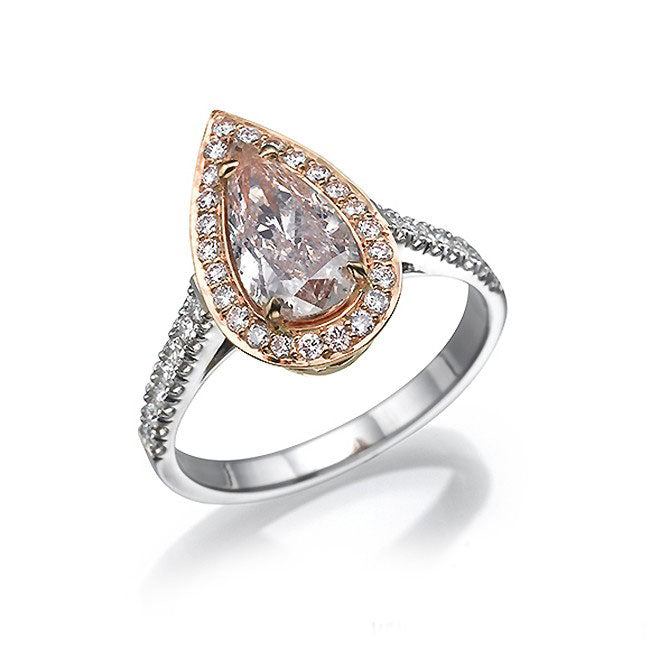Your Cart is Empty

Everyone knows that diamonds are rare and valuable. But why exactly are these small crystalline gems so desirable? The answer to their preciousness is twofold- their hardness and their scarcity.
Since at least 300 B.C., minerals have been valued by their hardness, measured by their ability to scratch other minerals. A mineral that can scratch another is determined harder than the other. In 1812, German geologist Friederich Mohs devised a scale from 1 to 10 to compare the relative hardness of natural mineral samples.
Everyone knows that diamonds are rare and valuable. But why exactly are these small crystalline gems so desirable? The answer to their preciousness is twofold- their hardness and their scarcity.
Diamonds are formed over long periods of time, miles beneath the surface of the earth. In order for ordinary carbon atoms to be transformed into diamonds, rather than coal, graphite, or lead, the perfect conditions of heat and pressure must be present.
Since the recent surge of global interest in the fancy color industry and the advancement of technology, it is now easy to artificially create diamonds of almost any color. These diamonds are created using synthetic diamonds or natural diamonds possessing an unattractive color (such as an undefined yellowish or brownish diamond).
Table: The largest facet of the diamond, which comprises the flat surface on the top of the stone, resembling a 'table'.
